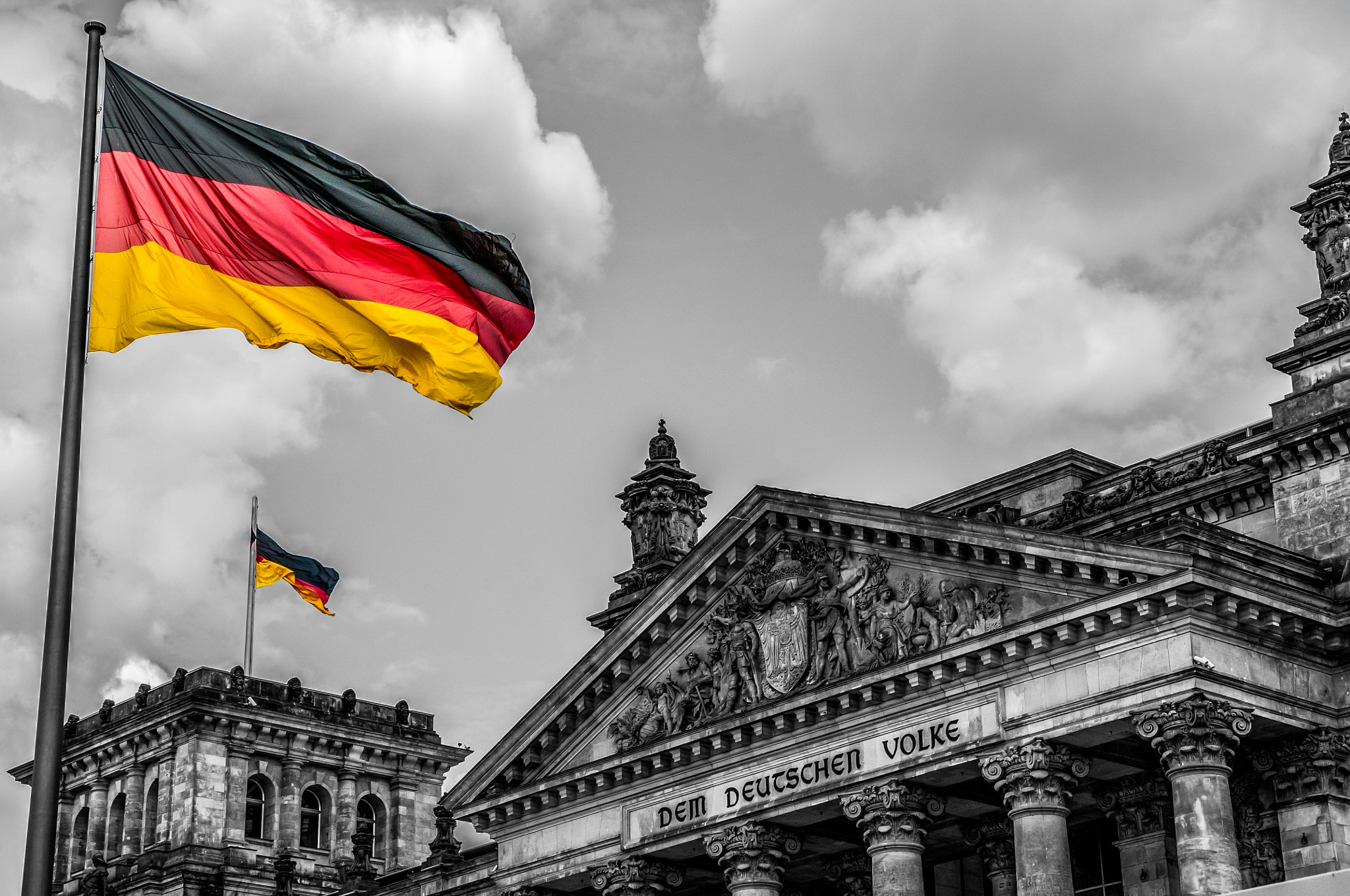I don't Need to Spend This A lot Time On Gold News. How About You?
페이지 정보

본문

In the following yr, the constitution of the North German Confederation was enacted, where a horizontal black-white-red tricolour was declared to be both the civil and struggle ensign. This modification was not welcomed by many individuals in Germany, who noticed this new flag as an emblem of humiliation following Germany's defeat in the first World War. Upon returning from the warfare, veterans of the Lützow Free Corps based the Urburschenschaft fraternity in Jena in June 1815. The Jena Urburschenschaft eventually adopted a flag with three equal horizontal bands of crimson, black, and purple, with gold trim and a golden oak branch across the black band, following the colours of the uniforms of the Free Corps. On 18 October 1817, the fourth anniversary of the Battle of Leipzig, lots of of fraternity members and teachers from across the Confederation states met in Wartburg in Saxe-Weimar-Eisenach (in fashionable Thuringia), calling for a free and unified German nation. A visually near-identical flag was used because the nationwide flag of the Republic of Upper Volta, adopted upon the country's independence in 1958 and used until 1984, when the nation was overthrown and re-established as Burkina Faso. The a long time-old fear that German flag-waving and national delight was inextricably associated with its Nazi previous was dismissed by the tip of the tournament by Germans and non-Germans alike.
As the members of this unit came from throughout Germany and included a modest however well known variety of university students and teachers, the Lützow Free Corps and their colours gained considerable exposure among the many German people. Since the students who served within the Lützow Free Corps came from varied German states, the concept of a unified German state started to realize momentum throughout the Urburschenschaft and related Burschenschaft that have been subsequently formed all through the Confederation. In a memoir, Anton Probsthan of Mecklenburg, who served within the Lützow Free Corps, claimed his relative Fraulein Nitschke of Jena offered the Burschenschaft with a flag at the time of its foundation, and for this objective selected the black-crimson-and-gold colours of the defunct secret society Vandalia. Within the Reichswehr, the outdated colours continued to be used in numerous forms. Also, سعر الذهب اليوم في عمان a naval conflict ensign used these colours. Trotsky, seeing the exhaustion of the armed forces, proposed that the battle be declared at an end, however that the peace treaty not be signed. The Prussian-Austrian duality throughout the Confederation eventually led to the Austro-Prussian War in 1866. During the war, the southern states allied with Austria adopted the black-red-gold tricolour as their flag, and the 8th German Army Corps additionally wore black-purple-gold price armbands.
 In the Franco-Prussian War, the remaining southern German states allied with the North German Confederation, resulting in the unification of Germany. The most controversial of these dated from before the war, when, in March 1939, the BIS decided to honour an order obtained from the Czechoslovak National Bank to switch a part of its gold reserves held in a BIS account at the Bank of England in London to a German Reichsbank account. Tayla Harris's bid to land at Hawthorn is up in the air after the Melbourne forward wasn't a part of a six-club mega deal finalised on Friday. The German Empire retained black, white, and crimson as its national colours. This Frankfurt Parliament declared the black-crimson-gold because the official colours of Germany and passed a regulation stating its civil ensign was the black-red-yellow tricolour. In May 1849, the larger states actively fought the revolution and the Frankfurt parliament. The 1815-16 Congress of Vienna led to the creation of the German Confederation, a loose union of all remaining German states after the Napoleonic Wars.
In the Franco-Prussian War, the remaining southern German states allied with the North German Confederation, resulting in the unification of Germany. The most controversial of these dated from before the war, when, in March 1939, the BIS decided to honour an order obtained from the Czechoslovak National Bank to switch a part of its gold reserves held in a BIS account at the Bank of England in London to a German Reichsbank account. Tayla Harris's bid to land at Hawthorn is up in the air after the Melbourne forward wasn't a part of a six-club mega deal finalised on Friday. The German Empire retained black, white, and crimson as its national colours. This Frankfurt Parliament declared the black-crimson-gold because the official colours of Germany and passed a regulation stating its civil ensign was the black-red-yellow tricolour. In May 1849, the larger states actively fought the revolution and the Frankfurt parliament. The 1815-16 Congress of Vienna led to the creation of the German Confederation, a loose union of all remaining German states after the Napoleonic Wars.
If you cherished this article and you simply would like to acquire more info pertaining to سعر الذهب اليوم في عمان kindly visit our page.
- 이전글Excellent Online Casino Directory 376523949 24.12.14
- 다음글What The Experts Aren't Saying About Gold Vs Stocks And The Way It Affects You 24.12.14
댓글목록
등록된 댓글이 없습니다.